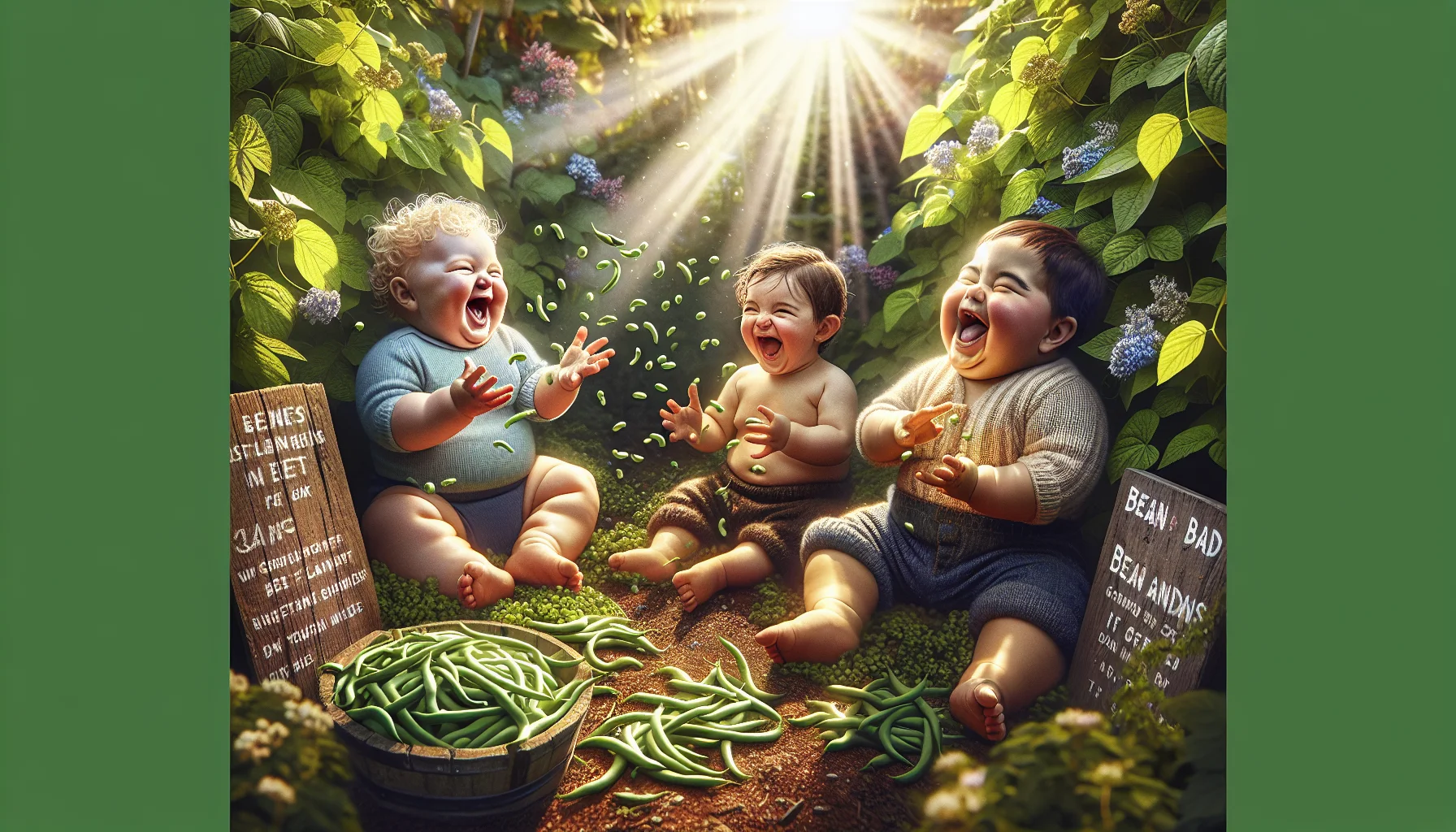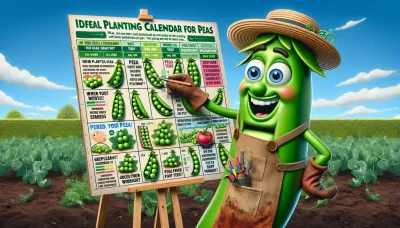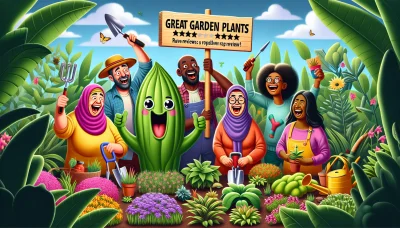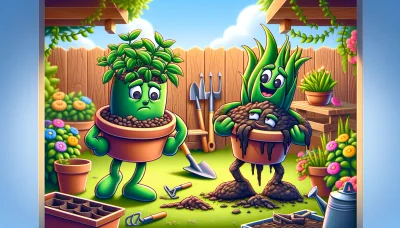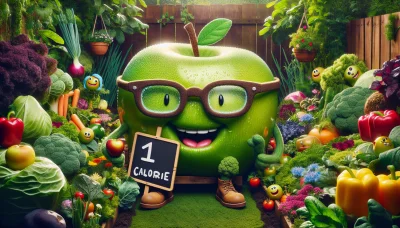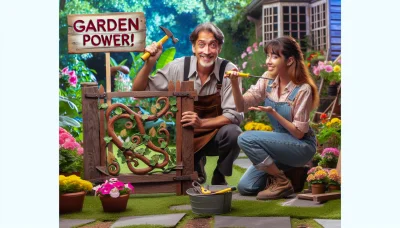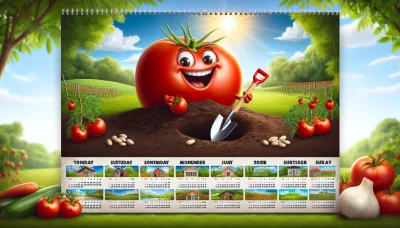Bush green beans Quiz
Test Your Knowledge
Question of
Introduction to Bush Green Beans
Bush green beans, also known as string beans or snap beans, are a popular variety of green beans that grow in a compact bush form rather than climbing like their pole bean counterparts. These plants are highly favored among gardeners for their ease of growth and maintenance. Unlike pole beans, bush green beans do not require staking or trellising, making them an excellent choice for gardeners with limited space or those looking for simpler gardening tasks. They are characterized by their shorter growth cycle, often ready for harvest within 50 to 55 days after planting. Bush green beans are known for their crisp texture and sweet flavor, making them a delightful addition to a variety of dishes. Their ability to produce a high yield in a small area and their suitability for succession planting for continuous harvest throughout the growing season further contribute to their popularity.
Choosing the Right Variety
When it comes to planting bush green beans, gardeners have a plethora of varieties to choose from, each with its unique set of characteristics. The growth habits of bush green beans can range from compact plants that are ideal for small gardens or containers, to more sprawling varieties that require a bit more space but can produce a higher yield. Disease resistance is another critical factor to consider, as some varieties have been bred to withstand common afflictions that can otherwise devastate a crop. For instance, certain types are more resistant to bean mosaic virus or powdery mildew, ensuring a healthier and more bountiful harvest. Yield differences are also notable, with some bush green bean varieties producing a concentrated harvest, ideal for those looking to can or freeze their produce, while others may offer a more staggered yield, extending the fresh eating period. Ultimately, the choice of variety depends on the gardener's specific needs, including space, disease resistance preferences, and desired harvest time.
Planting Bush Green Beans
- Choose a sunny location with at least six hours of direct sunlight per day.
- Prepare the soil by turning it over to a depth of 8-10 inches and mixing in compost or aged manure to improve fertility and drainage.
- Ensure the soil temperature is at least 60°F before planting for optimal germination.
- Sow seeds directly in the ground, spacing them 2-4 inches apart in rows that are 18-24 inches apart.
- Plant the seeds 1 inch deep into the soil, covering them lightly with soil without compacting it.
- Water the seeds gently but thoroughly to moisten the soil without washing the seeds away.
- Keep the soil consistently moist but not waterlogged as the seeds germinate and the plants grow.
- Thin the seedlings to 6 inches apart once they are a few inches tall to ensure adequate space for growth.
- Apply a layer of mulch around the plants to help retain soil moisture and suppress weeds.
- Monitor for pests and diseases, taking action as necessary to protect the plants.
Caring for Your Bush Green Beans
Bush green beans are a popular and rewarding vegetable to grow in your garden, but they do require some specific care to thrive and produce a bountiful harvest. Firstly, watering is crucial, especially during the flowering and pod development stages. It's important to keep the soil consistently moist, but not waterlogged, to promote healthy growth. A good rule of thumb is to provide about an inch of water per week, either through rainfall or manual watering.
Fertilization is another key aspect of caring for bush green beans. They benefit from a balanced fertilizer applied shortly after planting and again when the plants start to flower. However, avoid over-fertilizing, as this can lead to lush foliage at the expense of pod production.
Finally, pest control is essential for keeping your bush green beans healthy. Common pests include bean beetles and aphids. Regularly inspect your plants for signs of infestation and manage pests through appropriate methods, such as hand-picking or using organic insecticides. Implementing these care requirements will help ensure a successful and delicious harvest of bush green beans.
Common Pests and Diseases
The following are some of the most common pests and diseases that affect bush green beans, along with suggestions for management:
- Bean Beetles : These pests chew holes in bean leaves, which can significantly reduce yield. Management includes hand-picking beetles off the plants, using floating row covers to prevent access, or applying neem oil as an organic option.
- Spider Mites : These tiny pests cause yellowing or browning of leaves and can severely damage the plants if left unchecked. Increasing humidity and using insecticidal soaps can help manage spider mite populations.
- Root Rot : Caused by overly wet soil conditions, root rot can stunt growth and eventually kill the plant. Ensure good drainage in your garden and avoid overwatering to prevent this disease.
- Anthracnose : This fungal disease causes dark, sunken lesions on leaves, stems, and pods. To manage, practice crop rotation, avoid overhead watering, and remove infected plants from the garden.
- Rust : Rust appears as small, reddish-orange spots on leaves and can lead to premature leaf drop. Minimize leaf wetness by watering at the base of the plant and practice good garden sanitation to reduce its spread.
- Powdery Mildew : Identified by white, powdery spots on leaves, this fungus can weaken plants. Increase air circulation around your plants and consider using a fungicide approved for edible plants if necessary.
Harvesting and Storing
Harvesting bush green beans at the right time is crucial for ensuring the best flavor and longevity. The ideal time to harvest is when the beans are firm, smooth, and have reached their full size, but before they become too large and tough. Typically, this is about 50 to 60 days after planting. To harvest, gently pull or snap the beans off the plant, being careful not to damage the plant itself.
For storing, it's important to keep the beans cool and dry. After harvesting, wash the beans in cool water and dry them thoroughly to remove any dirt or debris. You can then store them in a plastic bag in the refrigerator's crisper drawer, where they should last for about a week. For longer storage, blanching and then freezing bush green beans is an effective method. Blanch the beans by boiling them for a few minutes, then plunging them into ice water. Once cooled, dry the beans, place them in airtight containers or freezer bags, and freeze. Properly stored, they can last for several months while retaining their flavor and nutritional value.
Benefits of Growing Bush Green Beans
| Type of Green Beans | Ease of Growing | Space Requirements | Yield |
|---|---|---|---|
| Bush Green Beans | High | Low | Medium to High |
| Pole Beans | Medium | High | High |
